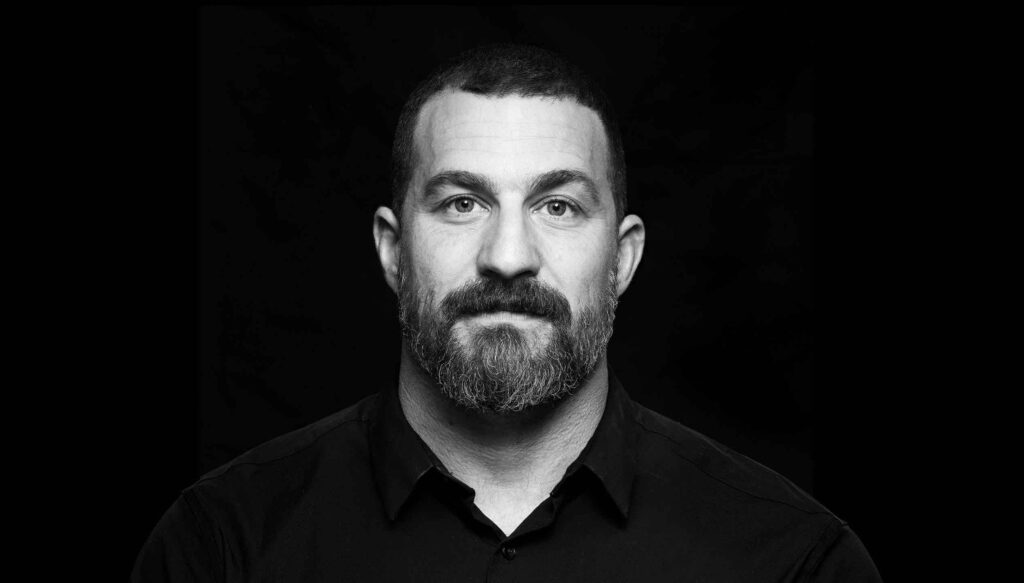In the 1970s, Dr. Peter Levine analyzed animals in the wild to understand how they respond to trauma and stress. As part of that, he looked at how antelopes would be affected after being chased by a lion. He expected that these massively stressful events would have a negative impact on the antelopes. That they would exhibit some nervous behavior, restlessness, or trauma.
If any of us were chased by a lion, we’d probably never leave our house again.
But that is not what happened with the antelopes. Here’s what happened.
The antelope started shaking and shivering.
After shaking, they just went back to their herd and continued grazing, relaxed as if nothing had happened.
How was that possible?
Dr. Levine found that animals in the wild have a coping mechanism to let go of a traumatic event. The moment the danger is gone, they shiver and shake their entire body to naturally release the stress from their bodies.
We as humans, what do we do when we experience stress?
We just suck it up. We keep the stress in our body.
So, how can you let go of that stress?
In the same way as animals let go of that stress: You shake your body for 2 to 3 minutes.
Shake your arms, rotate your shoulders, kick your legs, move your feet—focus on every single limb.
The more physically active you can be, the more you’ll let go of stress and clear your mind.
If anyone sees you, they should think that the devil has taken control of you.
The shake out helps you let go of stress. But sometimes, you may not have the space and privacy to do the shake out.
Here’s the next exercise of our public speaking training that you can do even if you’re in a meeting, surrounded by people.



